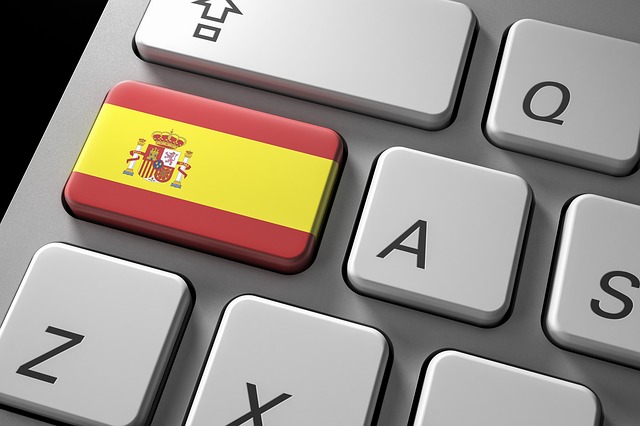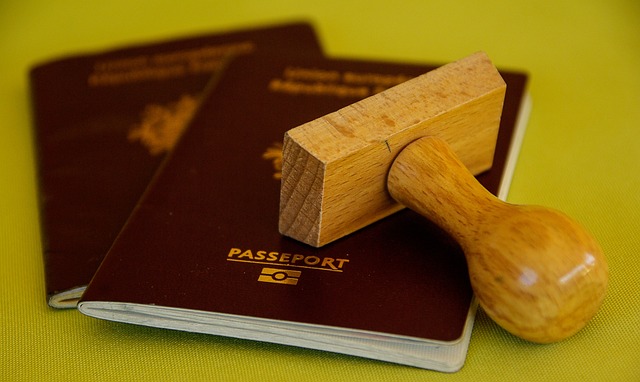Rapid Translate Team
Japan has a rich culture and an interesting language system. Over the years, interest in Japan has been growing worldwide. Japanese literature, cooking, technology, gaming, and media have gotten the attention of English speakers worldwide. Thus, there has been more demand to translate Japanese to English for better understanding.
It is normal for people to develop an interest in foreign languages. However, several official situations may also require translating between two languages.
This blog post focuses on how you can translate Japanese characters to English and the complexity of the language. Read on to learn all the details!
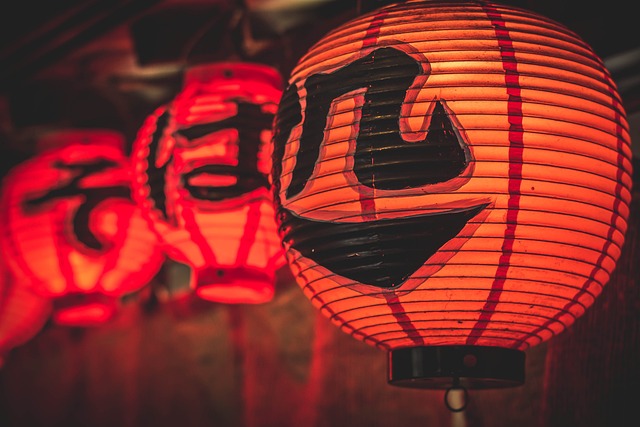
Table of Contents
5 Challenges of Japanese Document Translation
Japanese document translation is challenging, and getting everything right depends on several factors. The significant differences between both languages complicate things.
Thus, understanding these challenging parts should be your first step to translate from Japanese. Let’s look at the top five reasons for this complication.
1. Alphabet
Japanese and English languages have different origins, which means both languages have completely different alphabets. Japanese uses three different sets of characters: Kanji, Hiragana, and Katakana. The Japanese characters, known as Kanji, are ideograms.
These ideograms are complex graphic symbols with a twisted meaning. The meaning of each character comes from different strokes, the stroke’s position within a character, and unique interpretation methods. Thus, characters can have various definitions. Altogether, thousands of Kanji characters exist in the writing system.
Meanwhile, Hiragana and Katakana are the Japanese phonetic alphabets. These phonetic alphabets have 46 symbols, each representing all the sounds in the Japanese language. Katakana is useful for borrowing words from other languages.
On the other hand, Hiragana is useful as a substitute for when people can’t use Kanji characters. Japanese often use Hiragana and Kanji to form one word. The complexity of these characters and alphabets makes translations challenging.
2. Indirect Conversions
In addition to the complex alphabet, there are no English equivalents of Japanese sentences. Translators can’t directly translate Japanese words into English. The only solution is to show the meaning of sentences instead of their direct alphabet equivalent.
The translator must thoroughly understand the Japanese sentence and reproduce its English meaning. Thus, the document translator must have a strong understanding of both spoken and written versions of both languages. This would help them retain the meaning while translating.
3. Grammatical Variations
Another difficulty is that Japanese and English languages have different grammar. One significant variation is the absence of plural nouns in Japanese languages.
In Japanese, there is no difference between singular and plural. This means a singular noun would have similar applications as a plural noun.
So, the sentences “There is a mango” and “There are a few mangoes” are similar in Japanese. Language depends on context to explain a sentence further.
In addition, the way of counting changes every time, even with pronouns and adjectives. Thus, there are no definite and indefinite articles in the Japanese language.
Also, the language lacks future tense, and pronouns like “I,” “You,” and “me” are uncommon. This rarity occurs because the grammar indicates social position. Another challenge is that the Japanese don’t use the regular subject, verb, and object order used in English.
Instead, Japanese sentences have the verb at the end using the subject, object, and verb arrangement.
For example, the English sentence “The dog is playful” will translate as “The dog playful is.” Translating this sentence word-for-word can complicate things for the target audience.
More than this, abstract concepts are complex to translate word-for-word. Thus, the translator must understand the entire sentence before changing the arrangement of words.
4. Context
The Japanese language is high-context and highly efficient at conveying much information. One sentence can give lots of information without using many words. This includes information about the age, gender, and social status of the speaker and the person addressed.
On the other hand, English is a low-context language with no social hierarchy.
5. Honorifics
The English language considers formality when addressing different people. However, people primarily focus on the other party’s reaction and reception. Meanwhile, Japanese society prioritizes formality. Thus, many levels of respect exist in the Japanese language.
The language must indicate the difference in social status and consider both speakers’ situations. This helps to avoid disrespect or offense through the language.
Keigo, or Honorifics, is one of the greatest challenges of Japanese and English translations.
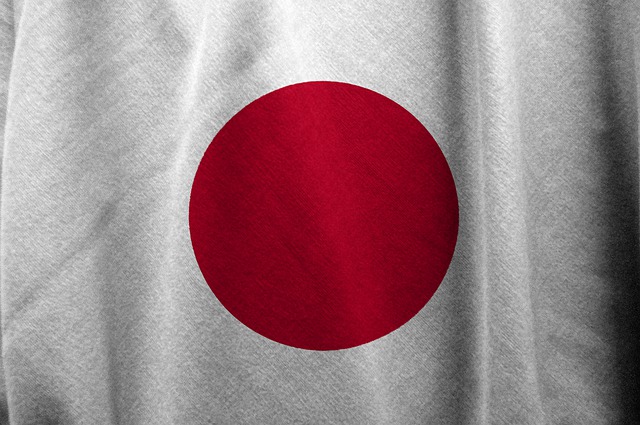
How To Translate Japanese to English
Despite the challenges, several ways exist to translate between Japanese and English. Many experts have taken extra steps to ensure everyone gets the perfect translations between both languages. Learning how to translate Japanese to English is possible due to these provided solutions.
An online translation tool is the fastest and easiest way to get a translation. Several machine translators offer free and paid services to translate text, speech, and documents between different languages. These tools provide translated results within a few seconds.
Unfortunately, most translation tools may provide incorrect results. This makes them unsuitable for official document translations. However, they are perfect for urgent speech, text, and unofficial document translation.
Alternatively, you can use a professional document translation agency to get more accurate results.
These agencies use the services of expert human translators who are subject-matter experts and native speakers. These translators consider all the challenges of accurate translations to ensure the best results.
You can find translation agencies around you through search engines or previous customers.
There are also online certified translation services to give you the best Japanese translations from your comfort zone. Professional translators can translate various documents and have experience in various industries.
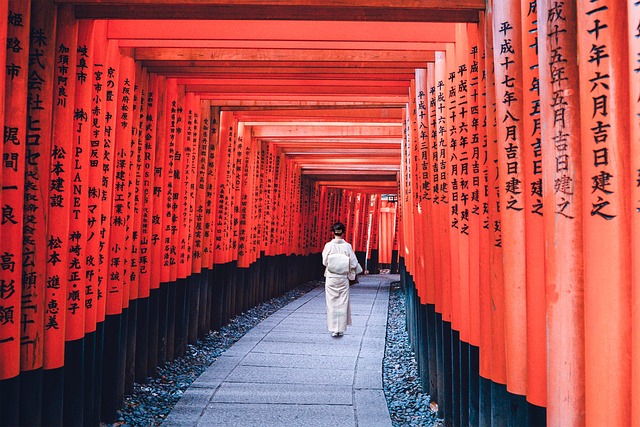
2 Outstanding Japanese to English Translators
As mentioned previously, the Japanese language has three sets of characters. Hence, using the best Japanese-to-English translators means covering all the Japanese writing systems. This is why we’ve identified two outstanding translators offering such quality.
1. RomajiDesu Translator
RomajiDesu works as a Kana to Romaji and Kana to English translators. This feature makes it efficient for translating various Japanese characters into English. This translator works by breaking down and analyzing the Kana into different parts.
It also puts spaces between words and highlights particles in blue text to help you identify the sentence structure and particles.
In addition, you can hover over any word to view its translation, form, furigana, and romaji. RomajiDesu isn’t just a translation tool; it is a great way to learn Japanese.
2. Notta Translator
Notta translator is a note-taking tool that uses artificial intelligence to convert conversations to written texts. This tool makes it easy to translate audio from the Japanese language into English, thereby easing accessibility. Notta’s transcription and translation services allow you to review and edit translated results.
In addition, its navigation is straightforward, and you can get results in a few minutes. You only need to import audio and choose Japanese as the source language. The tool will automatically transcribe it.
Then, you can select English as the target language and export the output in your desired format (Text, PDF, Excel, or SRT).

2 Top Online English to Hiragana Translators
Hiragana is one of the three sets of characters in the Japanese language. It is a more fundamental and common way of writing words you translate to Japanese. Most native words are always in Hiragana.
Thus, it is best to identify a top English-to-Hiragana translator to get the best native translations.
1. DeepL Translator
DeepL Translator uses artificial neural networks to translate texts between Japanese and English. This tool is famous for its accurate translations, which focus on capturing the nuance and meaning behind words. This allows it to provide the most relevant output for translated texts.
DeepL helps translate PDFs, PowerPoint, and Word document files. It also allows you to create your own glossary and set rules for specific translations for free.
In addition, you can access a free in-built dictionary for your translations. Its paid version offers additional features like maintaining the text’s original formatting.
DeepL is safe and user-friendly. You only need to upload your document or enter your text in the input section. The tool will automatically provide the translated Hiragana output.
2. Lingvanex
Lingvanex is a free online translator that instantly translates between English and Japanese. Its effective service offers high-quality translations of the Hiragana characters.
This translator uses machine translation technology, which utilizes artificial intelligence to translate text automatically.
Lingvanex translator analyzes the source text and creates an average translation. It then converts it into the target language using grammatical rules and dictionaries. This Japanese translation to English works for specific situations.
However, getting a more certified document translation is best for professional purposes.
Get Certified Japanese Translation From Rapid Translate
Certification supports a document’s claim of accuracy in official settings. You need a certified Japanese translation to process immigration applications or legal paperwork. This is why Rapid Translate prioritizes the utmost quality to provide certified translations that guarantee acceptance.
Rapid Translate is a professional translation company offering quality services for various documents.
Our professional translators are native speakers with experience in various industries. In addition, our services are affordable and fast for urgent translation projects.
Take your global communication to the next level with Rapid Translate. Regardless of your purpose for translating Japanese to English, we’ve got you covered. Order now to experience the power of accurate document translation!


